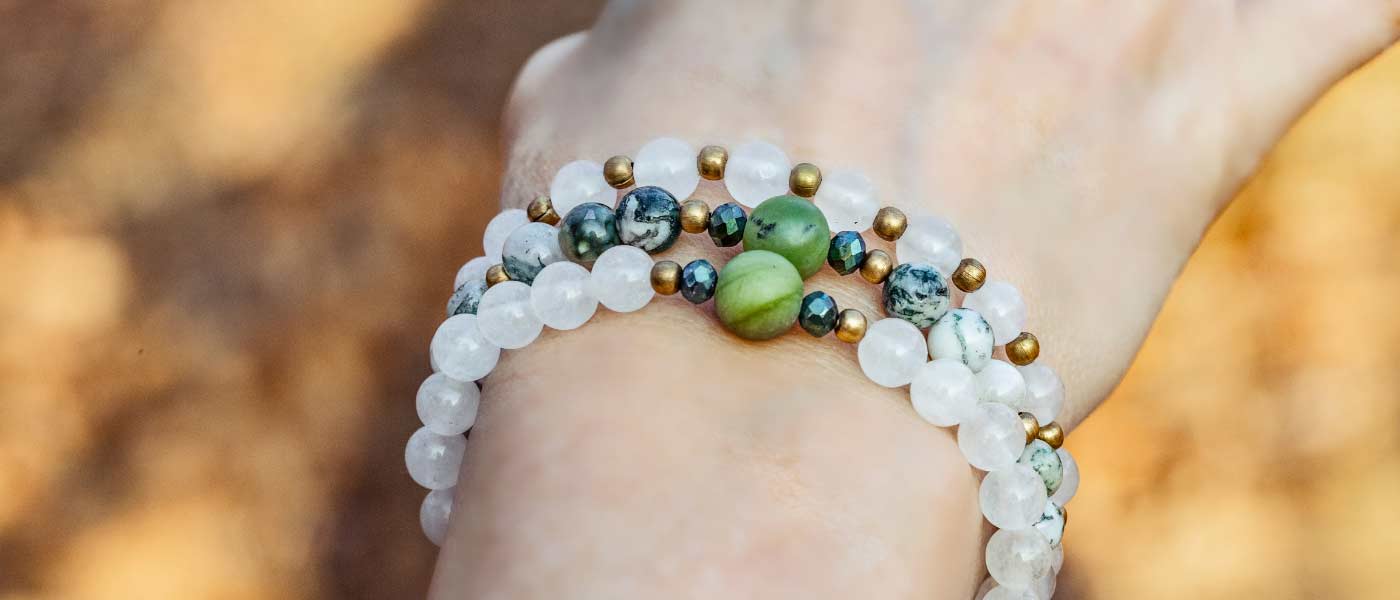Gemstones can be toxic depending on their composition.
Gemstones—including emeralds, topaz and sapphires—are all made up of minerals. Minerals are naturally occurring inorganic solids with a specific chemical composition and crystal structure. This means that they’re formed from a single element or compound, like silica.
Some minerals are toxic, such as arsenic, while others (like quartz) aren’t harmful to our bodies. So how do you know if the gemstone you’re looking at is toxic? It all comes down to the elements that make up its chemical composition: some gems will be completely safe to wear, while others might not be the best for your skin due to traces of toxic materials like lead or mercury found within them.
Most gemstones are safe to buy and wear.
For most people, it’s safe to wear and handle gemstones. Many types of gems, like diamonds and sapphires, are generally considered nontoxic. The exceptions, sadly, are some of the most beautiful gems: coral and lapis lazuli. And even in those cases it’s only a problem if you eat them—we’ll explain more about that in a moment.
But first! Let’s cover the basics so you know how to judge your own safety when buying and wearing gemstones.
Some gemstones are dangerous to handle or mine, but not to wear.
Some gemstones are dangerous to handle or mine, but not to wear. For example, the gemstone tanzanite is mined in Tanzania. Miners are exposed to radiation while they mine the stone. However, once the tanzanite is cut and polished, it’s safe to use and wear as jewelry. It’s well-known that diamonds come from some of the world’s most dangerous mines, where mines collapse and workers are paid very low wages. But once diamonds reach your local jeweler and are made into jewelry, it’s safe for you to wear them.
If a gemstone is harmful, it’s probably also rare.
The good news is that there are hundreds of gemstones out there, and only a few of them will harm you. So if you’re looking to add some color to your look, the odds are in your favor that you can do so without inadvertently poisoning yourself.
Furthermore, most toxic gemstones are difficult to find because they either haven’t been mined or have been banned from the marketplace.
Water can break down some gems that contain fluoride.
Just because a gem is mined from the earth, it doesn’t mean it’s safe to wear. In fact, some of the most beautiful natural gems are actually hydrothermal growths of toxic minerals – but only under certain conditions.
One of the most likely ways for a gemstone to become toxic is if it contains fluoride ions and comes into contact with water. Fluoride is an ion (F-) that in its pure form exists as a gas (fluorine [F2]). Gems that contain fluorine include topaz, aquamarine, fluorite, tourmaline, iolite and apatite. If these gems get wet enough or are exposed to water over time, they can be damaged by eroding away or even become dangerous because fluoride combines with water to create hydrofluoric acid (HF). This chemical reaction occurs very slowly in nature through groundwater and rainwater at high temperatures. However, this process can speed up significantly when a gem containing fluoride is kept in an environment that has water constantly flowing across its surface—such as being worn on your body 24 hours a day! Hydrofluoric acid can cause serious damage to tissue and even bone when exposed on your skin.
It’s unlikely that your jewelry will poison you, but it might kill someone else in the ground where it was mined.
The short answer: You might die from eating them, but you will most likely not be poisoned by wearing them.
There are several reasons that gemstones could make you sick. Some gemstones contain toxic metals, such as lead or arsenic. Another reason is because of the way those stones are mined—some mines have unsafe working conditions, and workers in these facilities can be exposed to chemicals that harm their health. When someone buys a diamond or other mineral from one of these mines, it’s quite obvious that they’re not thinking about the people who were injured while digging out their precious stone. It’s a pretty grim reminder that lovely things like engagement rings can come at human expense.
However, most gemstones will not poison you when worn on your body. Most gemstones are mined in safe places where workers are well compensated for their work and treated fairly. But it’s important to remember the people who work in deplorable conditions so we can respect those who are safe and happy in their jobs as miners and jewelers.
